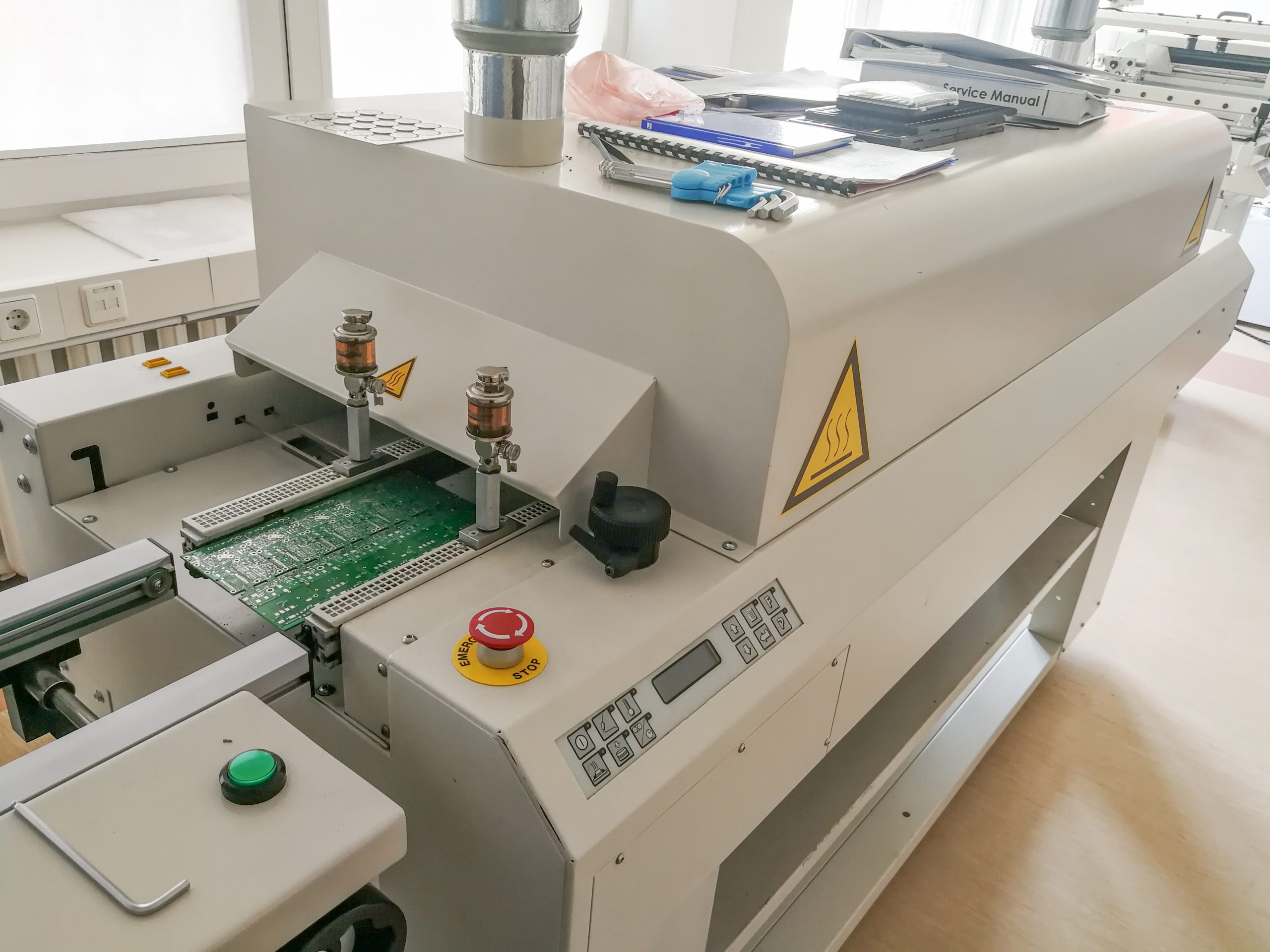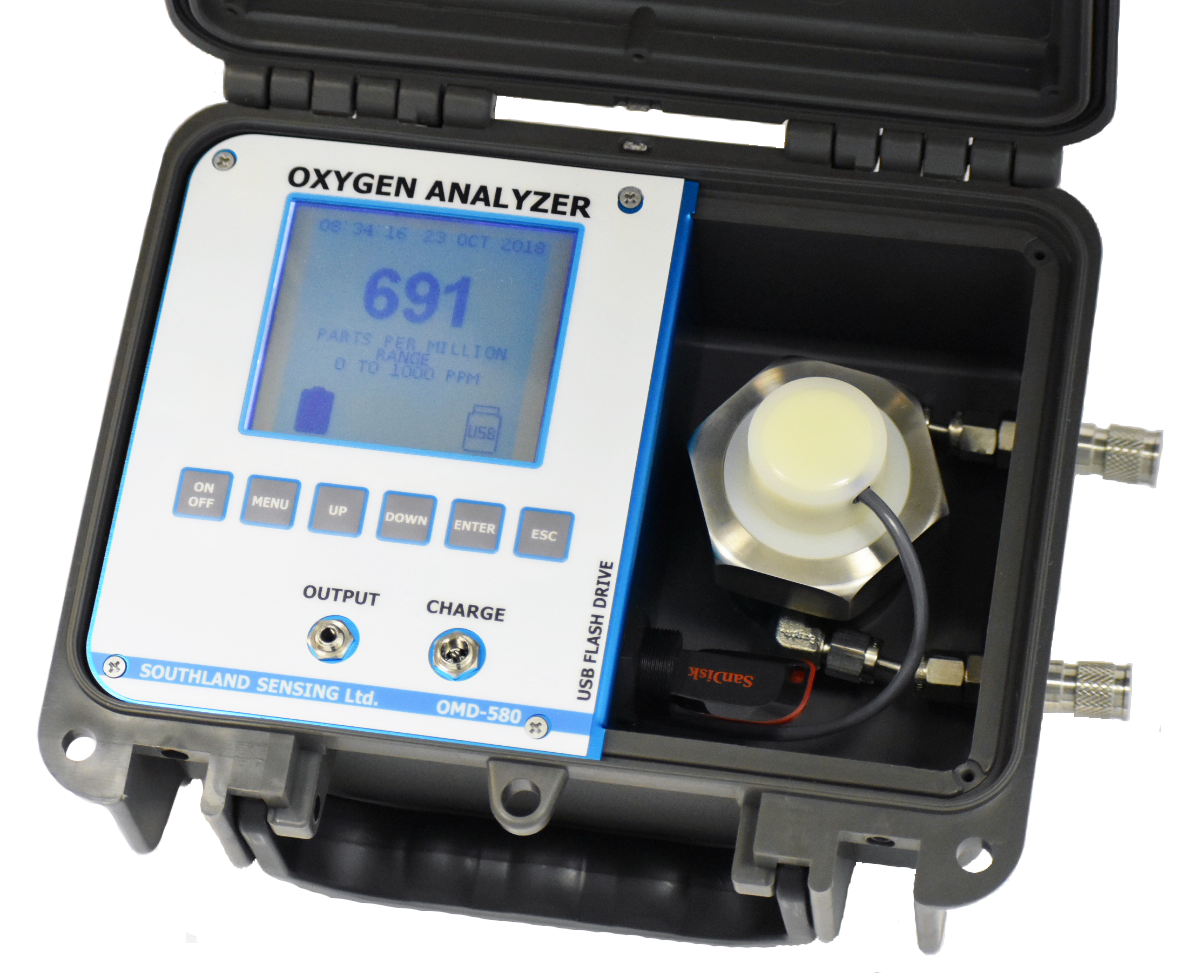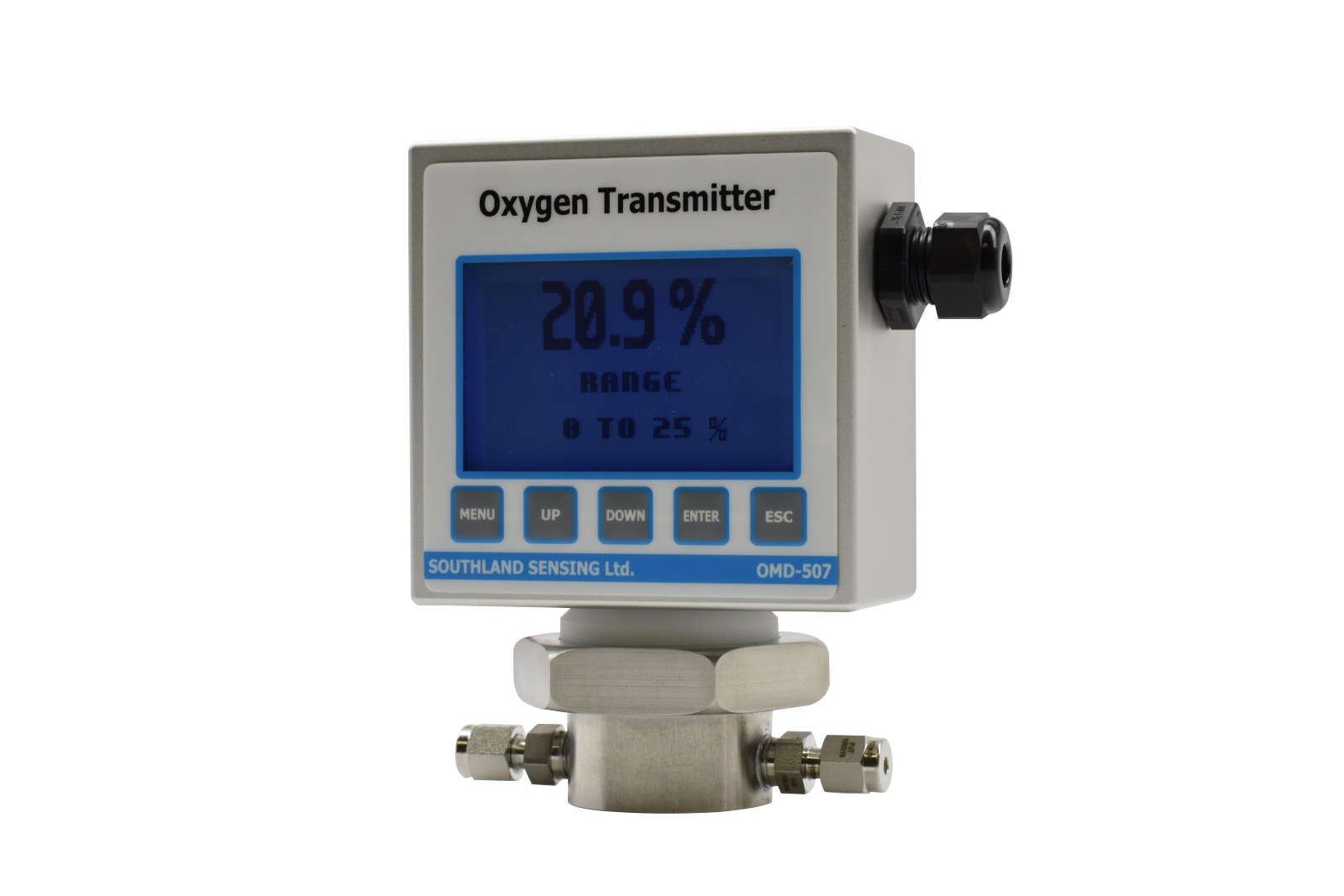Attaching components to printed circuit boards (PCBs) is commonly done by reflow soldering in a specially built convection reflow oven. This involves applying solder paste to the PCB and subjecting it to controlled heating and cooling profiles to melt the solder and attach the components. The PCBs travel along a conveyor belt to be exposed to the 4 heat profiles within the oven: preheat, soak, reflow, and cooling. Preheat ensures the board is evenly heated to a temperature to avoid damage to the PCB or components. The thermal soak zone allows for the removal of volatiles within the solder paste and activation of the flux. The reflow zone is the maximum temperature and allows for proper metallurgical bonding.
It is referred to as reflow soldering as the solder is melted, cooled, then heated again so it begins to flow. Systems don’t necessarily need to cool and then reheat the solder, but they must at least make sure the re-flow temperature is surpassed in the process.
It is important in reflow soldering to maintain a low-oxygen environment to reduce oxidation on the soldered surfaces to create a more high-quality board. This is often done by blanketing the reflow phase of the oven in nitrogen to get the oxygen concentration under 10 PPM. Oxygen sensing allows control of the N2 stream to both ensure quality, as well as save on gas consumption.
The OMD-580 provides oxygen sensing in a rugged, portable enclosure complete with quick disconnect fittings making it easy to measure oxygen in multiple ovens on the spot without exposing the sensor to any oxygen from the environment. The OMD-501X and OMD-507 analyzers provide constant, online oxygen monitoring, and the OMD-501D offers two relay alarm contacts to alert personnel if oxygen levels get too high. All three feature our state-of-the-art electrochemical sensor technology to provide fast and accurate oxygen level readings.



